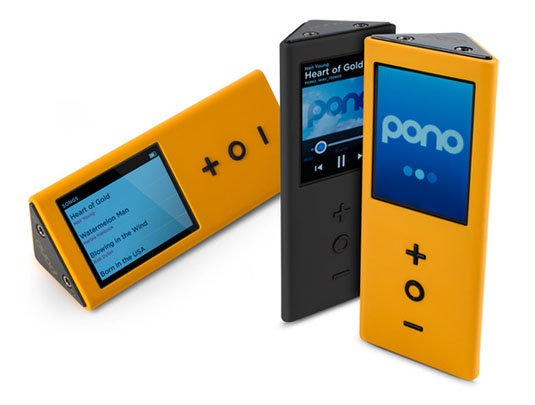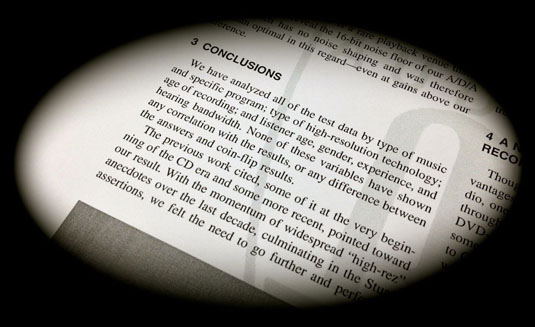This article is more than 1 year old
Apple, Beats and fools with money who trust celeb endorsements
Will Apple's rumoured buyout improve the bass-boosting headphones?
CD no evil, hear no evil
Interestingly, in a review by The Guardian, the reviewer opined that Neil Young’s Harvest Moon, a recording that was made with a lot of care and attention, was “butchered” by Beats headphones.
Harvest Moon: Is it the music or the technology that keeps Pono off Apple's shopping list?
It has been well understood for some time that Neil Young is passionate about quality. That passion is driving his Pono initiative, which appears to be an upmarket iPlayer.
Some time ago, Young expressed concerns about what was left of his music after being downloaded by the consumer. Those concerns are entirely justified, as MP3 is a lossy compression scheme and at limited bit rates – such as the 320kbit/sec of Beats Music – does its best to preserve the dominant sounds by neglecting ambience and reverberation.
The later AAC is a more efficient algorithm, but the extra efficiency was used to drop the streaming bit rate to only 48kbit/sec rather than to increase the quality. That’s a compression factor of nearly thirty compared to the bit rate of CD. If you think the quality is going to be maintained, then you have redefined thinking.
On the other hand, those concerns do not apply to CDs, or to lossless codecs such as FLAC – and do not justify the adoption by Pono of absurdly high sampling rates and word-lengths (link to explanation, for the non-audiophiles) for which there is absolutely no evidence. Nor does it justify Pono’s claims that improved sound quality will result. Pono has been on the receiving end of a fair bit of criticism for its questionable audiophile views.

Do we really need the 24-bit/192kHz audio touted on the Pono music player?
There is nothing wrong with the quality of Neil Young’s CDs. I know; I’ve got some. The CD format, of course, uses linear PCM. Thanks to the error correction, the data a CD replays is substantially bit-accurate. In that sense, the CD has no sound quality of its own because it reproduces what is put on it. The sound quality is limited by the sampling rate of 44.1kHz and by the word-length of 16 bits to which the audio must be conformed prior to pressing.
But the key thing about the CD was that it represented an obvious leap from earlier recording media that simply weren’t good enough for delivery of post-produced material to the consumer to one that was.
Once you have made that leap, there is no requirement to go further. And if you make a leap of convenience from a physical medium to downloading, there is no need to go to a higher bit rate. The sampling rate of CD allows an audio bandwidth of 20kHz, which is beyond the range of human hearing, so raising the sampling rate would be a futile exercise.
We have already seen such an exercise in the shape of SACD. Despite the hype, double-blind tests showed that listeners trying to distinguish SACD from CD did no better statistically than if they were guessing, according to tests published by JAES in 2007. Whilst SACD may have been technically slightly better than CD, as both had wider bandwidth than human hearing, there was no practical difference.
In its 32-year history, CD has seen off Digital Compact Cassette, MiniDisc and SACD, but those were physical media, whereas downloading from the web clearly isn’t.

So much for the hi-res hype: results from the Meyer and Moran paper Audibility of a CD-Standard A/DA/A Loop Inserted into High-Resolution Audio Playback that compared CD with SACD and DVD-A content
The only drawback of the CD in today’s impatient society is that it’s a storage medium, a format, which means you either have to go out and buy it in person, or you buy it by mail order and it arrives with the jewel case smashed by the postal system. Neither of those factors have anything to do with the sound quality. If you could download the data from the CD bit-accurate to your hard drive, either losslessly compressed or uncompressed, you could get the same quality without leaving home.
Although Linn offers such a service for a limited number of titles, as far as the mainstream content providers are concerned, don’t hold your breath. Thanks to the cancer of marketing, you can either get a cheap low-bit-rate version of the music that sounds like it has been stepped on by an elephant and that won’t play if you don’t renew your subscription, or you pay over the odds to get a hopelessly over-specified version that you don’t need. Imagine a car dealer offering you a Trabant or a Lamborghini and virtually nothing in between.
